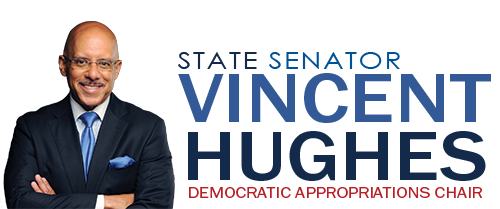The Trump/Republican tax plan that is poised for a vote in Washington over the next several days is a national disgrace. It provides huge benefits to the top 1 percent of all income earners and little help for those who struggle each day to make ends meet.
Large corporations, already flush with cash, will benefit from a significant tax cut from 35 to 21 percent. Plus, the combination of tax bracket squeeze, reduction in the availability of the state and local tax deduction and the removal of the individual mandate which will cause health insurance premiums to spike will all strike at the heart of working men and women.
|
|
Here’s what
|
Here’s what
|
|
| Lowest quintile | gets an average tax cut of $60 | gets an average tax cut of $70 |
| Second quintile | gets an average tax cut of $380 | gets an average tax cut of $390 |
| Middle quintile | gets an average tax cut of $930 | gets an average tax cut of $910 |
| Fourth quintile | gets an average tax cut of $1,810 | gets an average tax cut of $1,680 |
| Top quintile | gets an average tax cut of $7,640 | gets an average tax cut of $7,460 |
| Top 1 percent | gets an average tax cut of $51,140 | gets an average tax cut of $61,090 |
| Top 0.1 percent | gets an average tax cut of $193,380 | gets an average tax cut of $252,300 |
| Source: Tax Policy Center analysis of GOP tax plan | ||


 Allowing for a $10,000 deduction for combined income and property taxes, nearly 364,800 Pennsylvania taxpayers (5.7%) would face tax increases in 2019, averaging $890;
Allowing for a $10,000 deduction for combined income and property taxes, nearly 364,800 Pennsylvania taxpayers (5.7%) would face tax increases in 2019, averaging $890;